9 Watering Systems That Will Keep Your Summer Garden Thriving
Keeping your garden healthy during the summer takes more than just good soil and sunlight. The right watering method can help your plants grow strong, even in the hottest weather. Whether you have a small backyard or a large space filled with flowers and vegetables, choosing the right setup makes a big difference. Some options work well for busy schedules, while others are better for hands-on care. Each one brings its way of helping roots stay moist without wasting water. With the summer heat in full swing, picking the right system can make gardening easier and more rewarding.
This post may contain affiliate links, which helps keep this content free. Please read our disclosure for more info.
Soaker Hoses

Soaker hoses work well because they slowly release water along their length, letting moisture seep directly into the soil. They are easy to lay out along rows of vegetables or flower beds and tend to waste less water since the water goes right to the root zone.
These hoses are perfect for summer because they avoid overhead watering, which can lead to leaf burn or mildew. You can even bury them under mulch to keep water from evaporating too fast. Soaker hoses are a solid choice for people who want to water deeply without standing outside with a hose for hours.
Drip Irrigation Kits
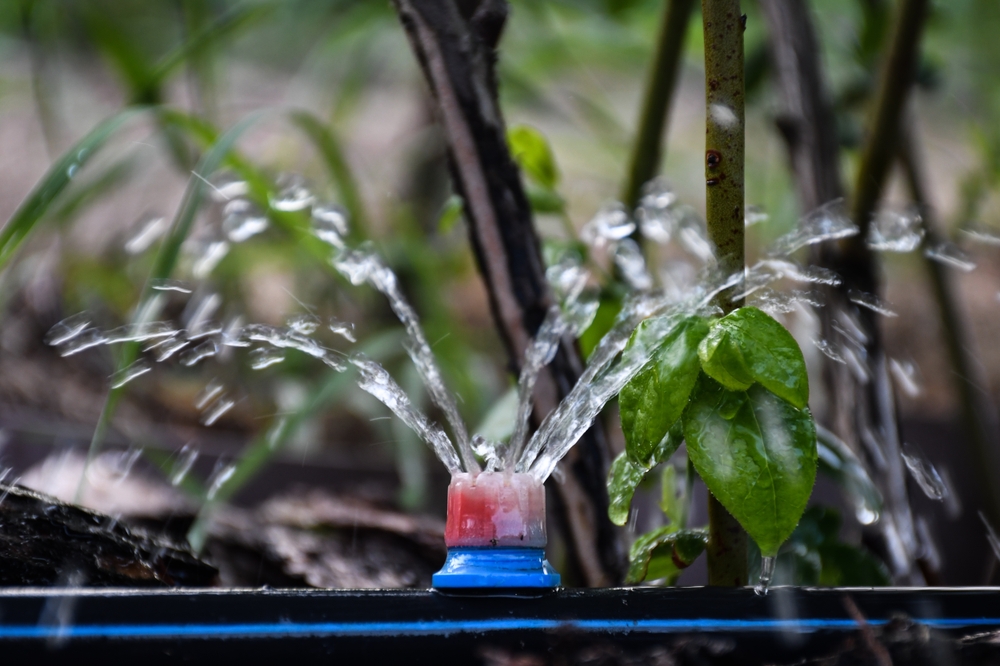
Drip irrigation systems are a favorite for many gardeners because they provide steady, slow watering directly to the base of each plant. The kits come with small emitters that you can place exactly where water is needed. This helps avoid wetting leaves and keeps the soil moist without soaking it too much.
These systems work especially well in raised beds, vegetable gardens, and even potted plants. You can run them on a timer, so you do not have to remember to turn them on and off. During the hot summer months, drip irrigation keeps plants from getting stressed while cutting down on wasted water.
Olla Pots
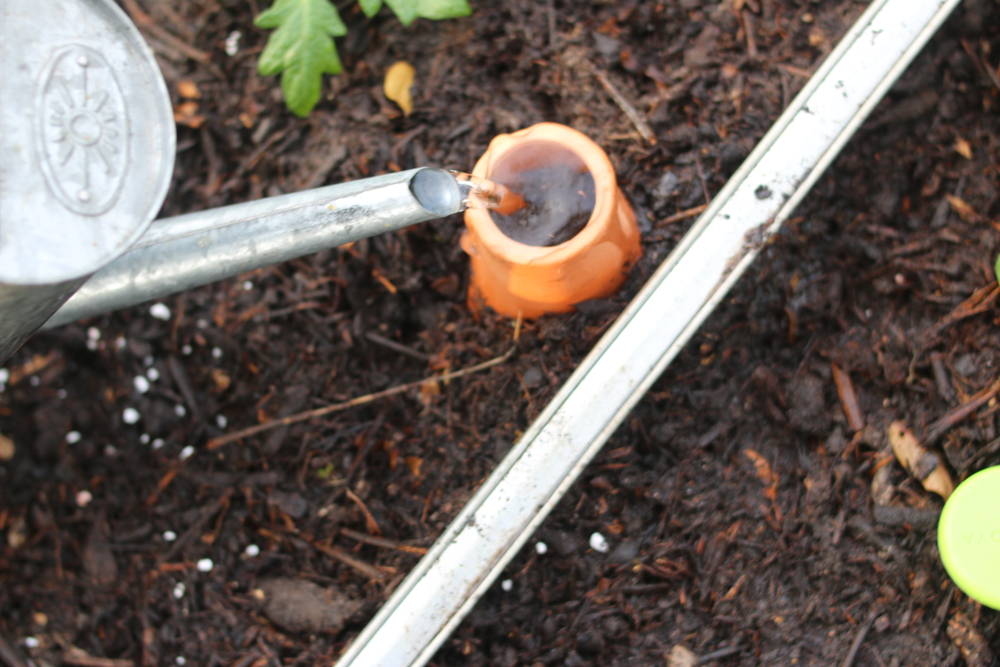
Ollas are unglazed clay pots that are buried in the soil with only the opening left above ground. You fill them with water, and moisture slowly seeps out through the porous walls, hydrating nearby roots. This method has been used for hundreds of years and still works well today.
They are perfect for small garden beds or container gardens. Ollas keep the soil at a steady level of moisture, which can be hard to achieve in summer. You just refill them every few days, depending on how dry the weather is, making them a low-effort option with reliable results.
Hose-End Timers
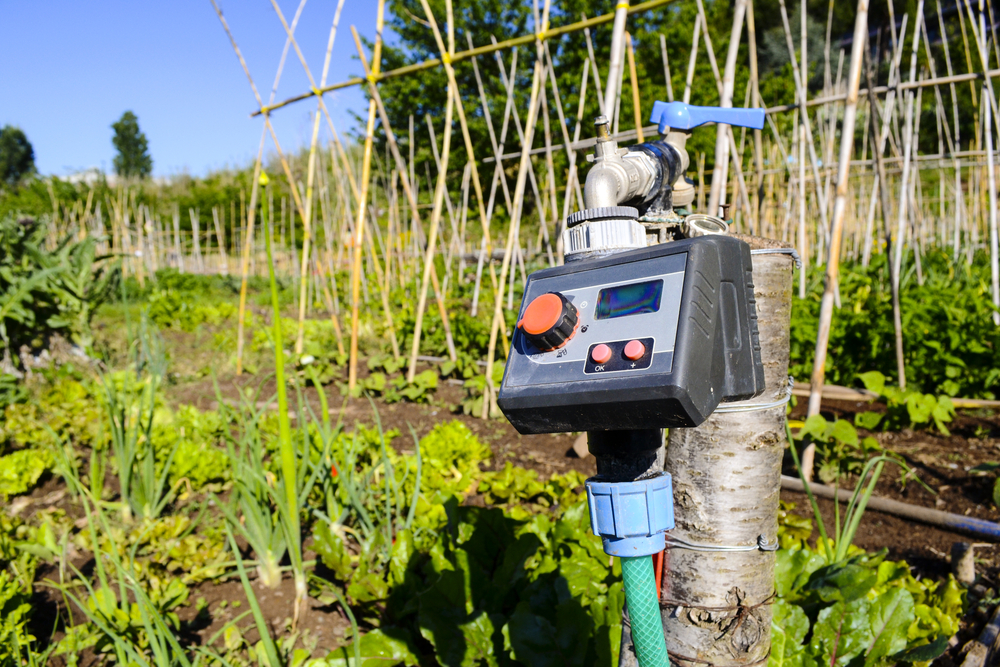
A hose-end timer connects to your spigot and lets you set when and how long your watering sessions happen. You can attach it to a sprinkler, drip system, or soaker hose. This tool takes the guesswork out of scheduling and helps avoid overwatering.
Timers are especially handy during long heat waves when plants need regular attention. You can set them to water in the early morning or evening when the sun is not too strong. They work well for people who travel or just want to keep things simple.
Sprinkler Wands
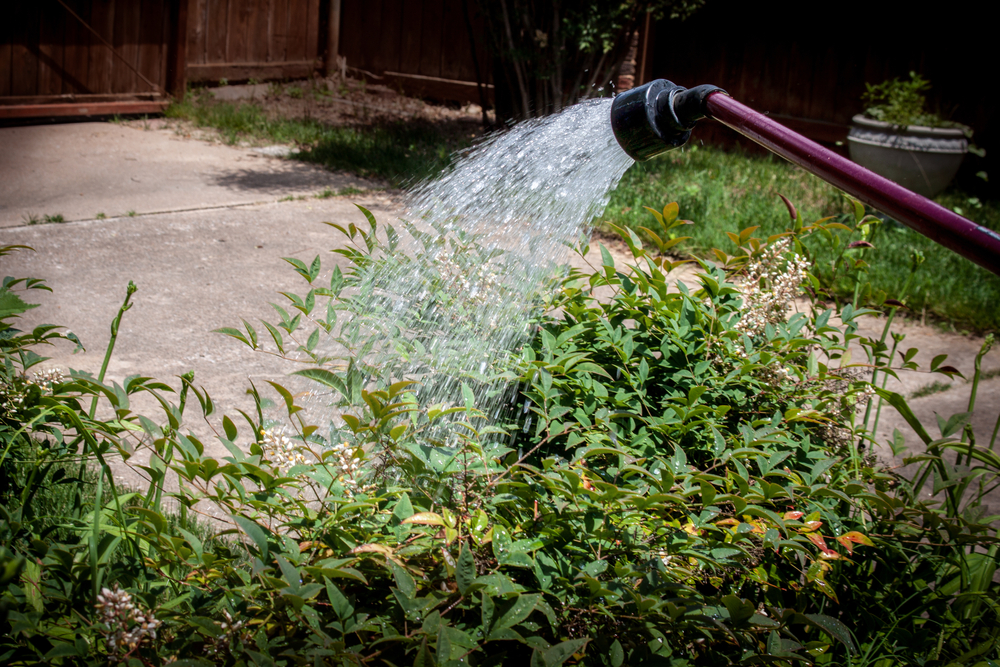
Sprinkler wands are long-handled tools with a soft spray head that mimics light rain. They are perfect for delicate plants or freshly seeded areas where strong water pressure could cause damage. The extended reach also helps you water hanging baskets or deep garden beds without bending too much.
While you still need to do the watering yourself, sprinkler wands let you water more gently and evenly. During summer, this method helps keep your plants from getting scorched and lets you keep an eye on which areas need more attention. It is a hands-on method that gives you better control.
Rain Barrels with Gravity Feed
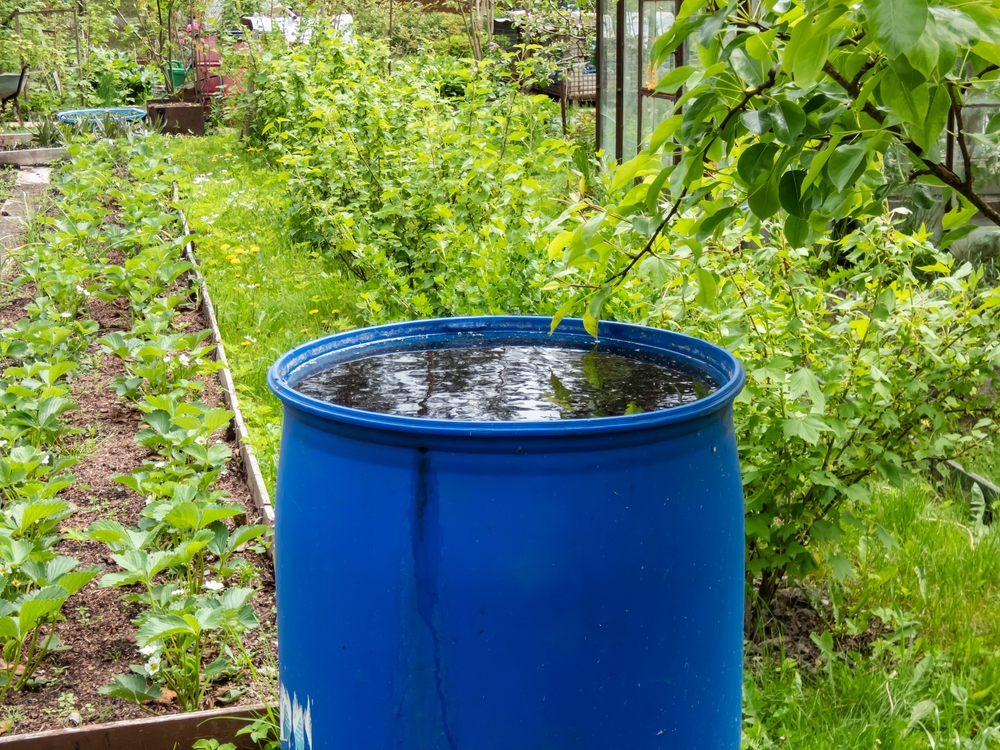
Rain barrels collect water from your roof during storms and hold it for later use. You can attach a hose to the bottom and use gravity to feed water to your garden. This works best if the barrel is raised slightly on a stand.
Using rainwater is a great way to conserve during dry summer spells. Plants tend to respond well to rainwater, which is usually free from chemicals. Just make sure the hose reaches the right areas, and you can keep your garden happy without running up your water bill.
Automatic Sprinkler Systems

Automatic sprinklers can cover a wide area with very little effort. You can adjust the spray pattern, pressure, and timing to suit different parts of your yard. Some systems are built into the ground, while others are above ground and easy to move.
This type of system is good for lawns and larger garden plots where hand watering would take too long. When used early in the morning or in the evening, they help reduce evaporation. Summer heat becomes less of a worry when your watering stays on schedule.
Watering Spikes
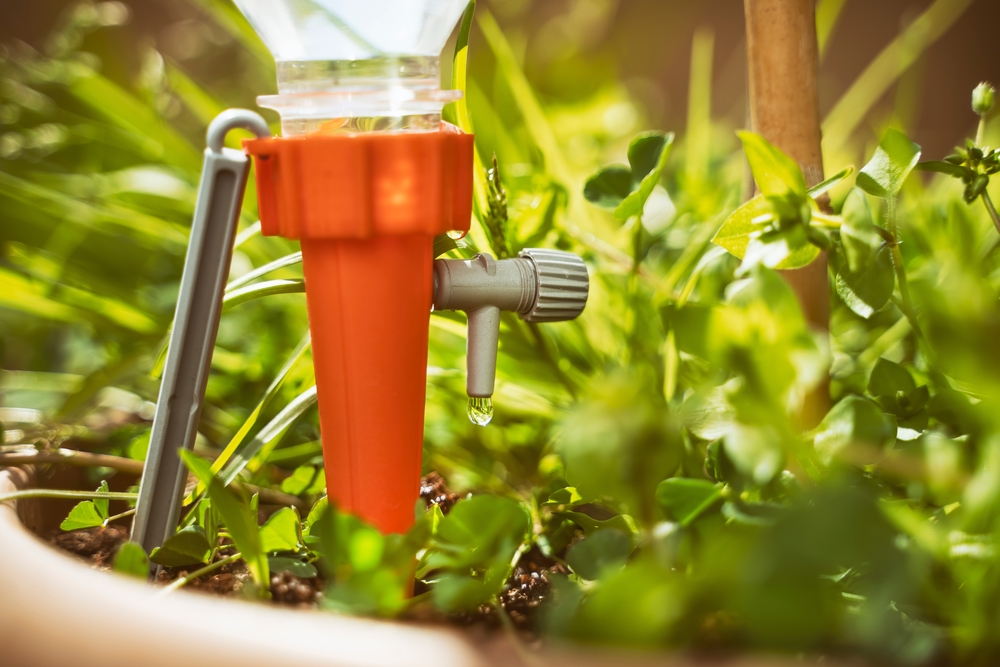
Watering spikes connect to plastic bottles and slowly drip water into the soil. They are simple to use and work especially well in pots or tight spots where hoses might not reach. You just fill the bottle, stick it into the soil, and let gravity do the rest.
These spikes are helpful during short trips away from home or when you want to add extra moisture during dry spells. They are an easy way to keep up with watering when the sun is strong and the soil dries out fast. You can adjust the flow by changing the bottle size or poking a few more holes.
Overhead Rotating Sprinklers
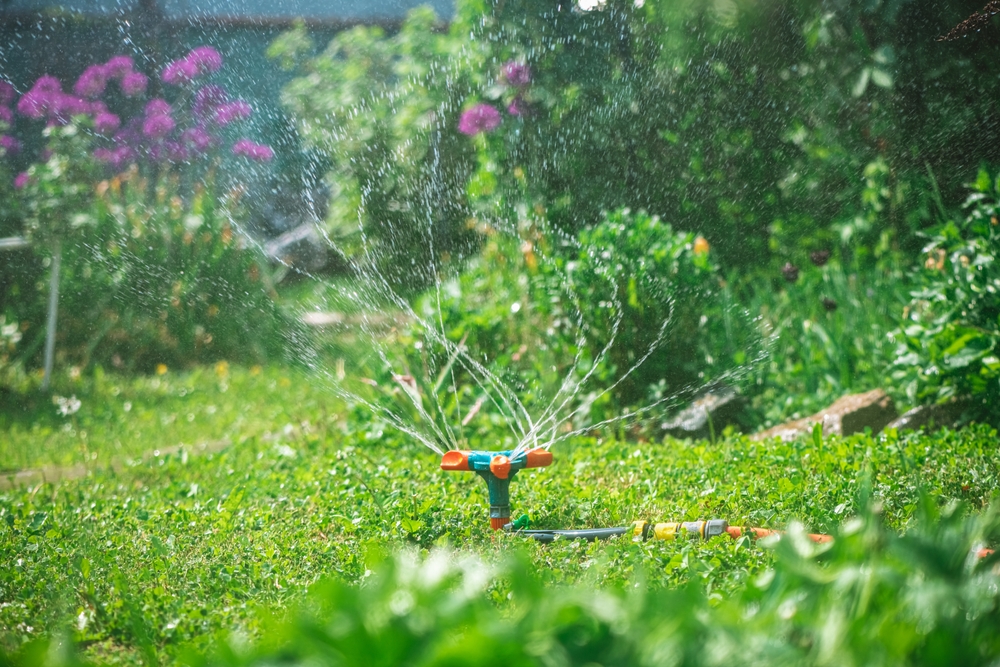
Overhead rotating sprinklers cover a wide circular area with moving spray arms. They are often used for lawns, but they can be placed in the middle of flower beds or vegetable gardens. The rotating action helps spread the water more evenly.
This kind of sprinkler is useful during summer when plants need regular and even watering. They are quick to set up and work well in open spaces. Just make sure to water early or late in the day to avoid losing too much to evaporation.
This article originally appeared on Avocadu.
